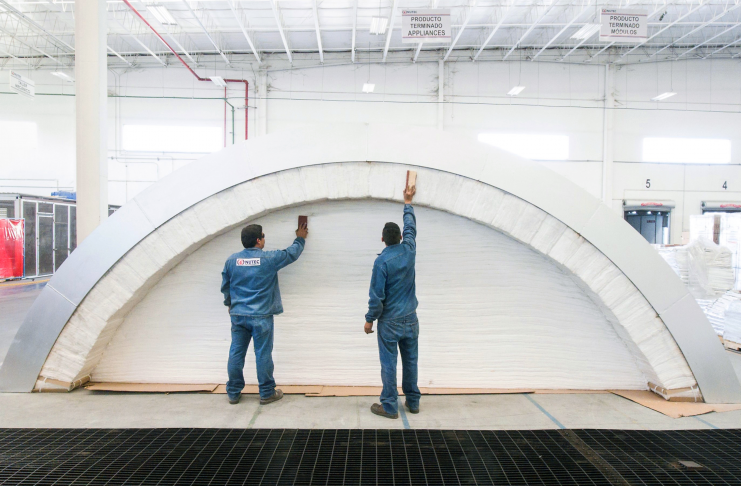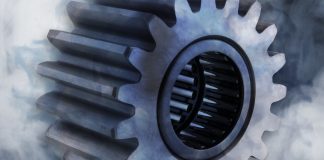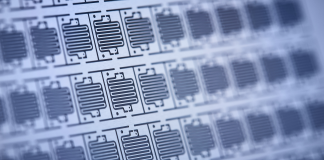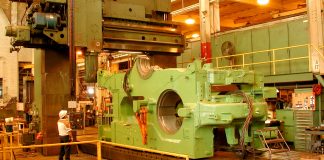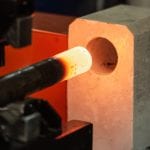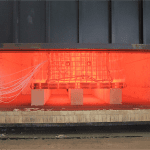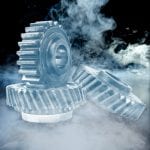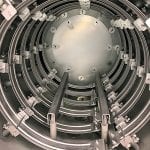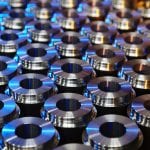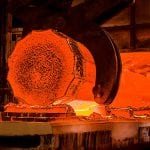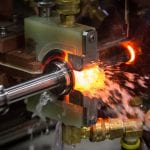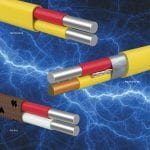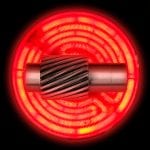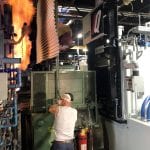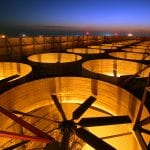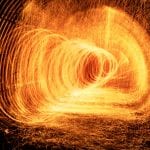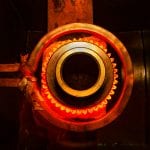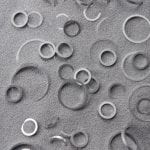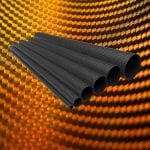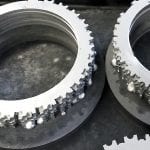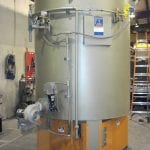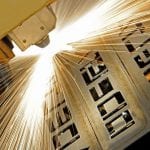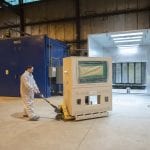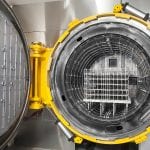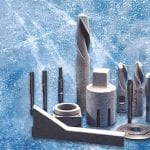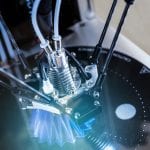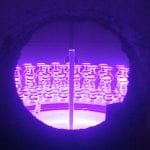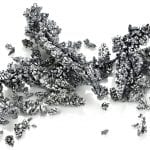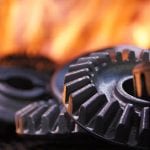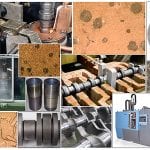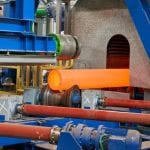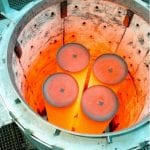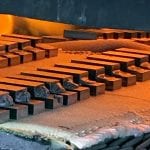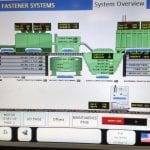Process control, monitoring, and quality assurance specifics for induction heating
Temperature uniformity survey ( TUS ) general practice for CQI-9 and AMS2750E
The Future of Kiln Lining
Embracing industry change
Take Another Look at Deep Cryogenic Treatment
Vacuum heat treatment for additive manufacturing
Combining cleanness, strength, and toughness for affordable power densification in steel components
Nonlinear electromagnetic acoustic testing method for tensile damage evaluation
Operational efficiencies and minimizing energy consumption: An introduction
Troubleshooting and Prevention of Cracking in Induction Hardening of Steels: Lessons Learned –...
Optimizing Temperature Measurement in Heat-Treatment Operations
Troubleshooting and Prevention of Cracking in Induction Hardening of Steels: Lessons Learned – Part 1
Intelligent Gas Carburizing with Super IQ ™
New Cooling Tower Technology Augments HVAC and Industrial Processes
Improving audit performance
Selection of Oil Quenchants for Heat-Treating Processes
An In-Depth Look at Polymer Quenchants
Recent progress in three areas of induction-heating technology
Energy and material efficiency of steel powder metallurgy
Sintering experiments under way on International Space Station
Filament-Wound Composites Have Specialized Curing Requirements
Machining graphite components
Principles of pyrometry
The versatility of the pit furnace
Reducing measurement error when making thermocouple transmitter connections
Optimizing Gas Supply for Industrial Lasers
High-efficiency gas burners make good economic sense
The future of kiln lining fibers
Selecting the correct industrial ovens for finishing applications
The Advantages of an All-Metal Vacuum Furnace Hot Zone
Freezing Out the Competition
Additive manufacturing and gas technology applications
Plasma/ion nitriding for enhancing component properties
Using vanadium alloys
Gas carburization techniques
A comparison of conventional and accelerated methods for surface hardening
Induction hardening of cast irons
The success in induction hardening of cast irons and repeatability of obtained results are greatly affected by a potential variation of matrix carbon content.
Getting the thermal treat results you want
How aggressive quenching and other drivers lead to high performance
Heat treatment of PM parts by hot isostatic pressing
Several advantages can be seen by using pre-stressed wire-wound hot isostatic presses for consolidating of metal powder.
Filler metal control in sinter brazing
The control of the filler metal at the braze joint of a sinter brazed product has significant impact on the quality and yield of complex shapes.
Customized, modern process control system saves time, money
When a manufacturer of fasteners and fastening system components needed a more reliable process control system, it turned to Conrad Kacsik for an upgrade that would work with its older hardware.










